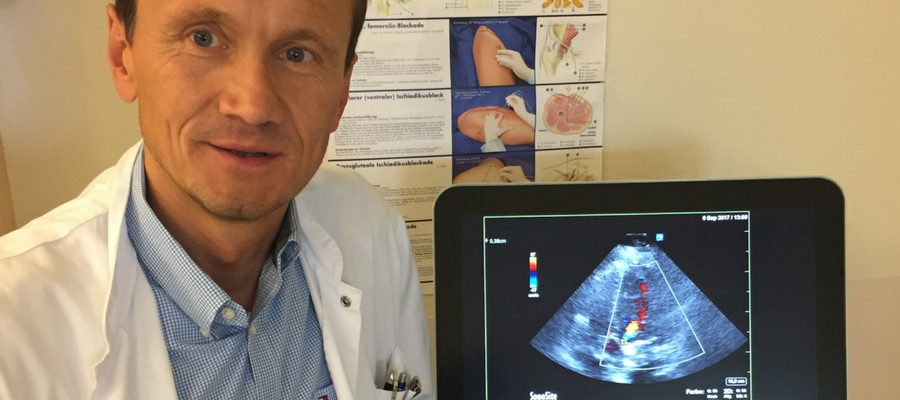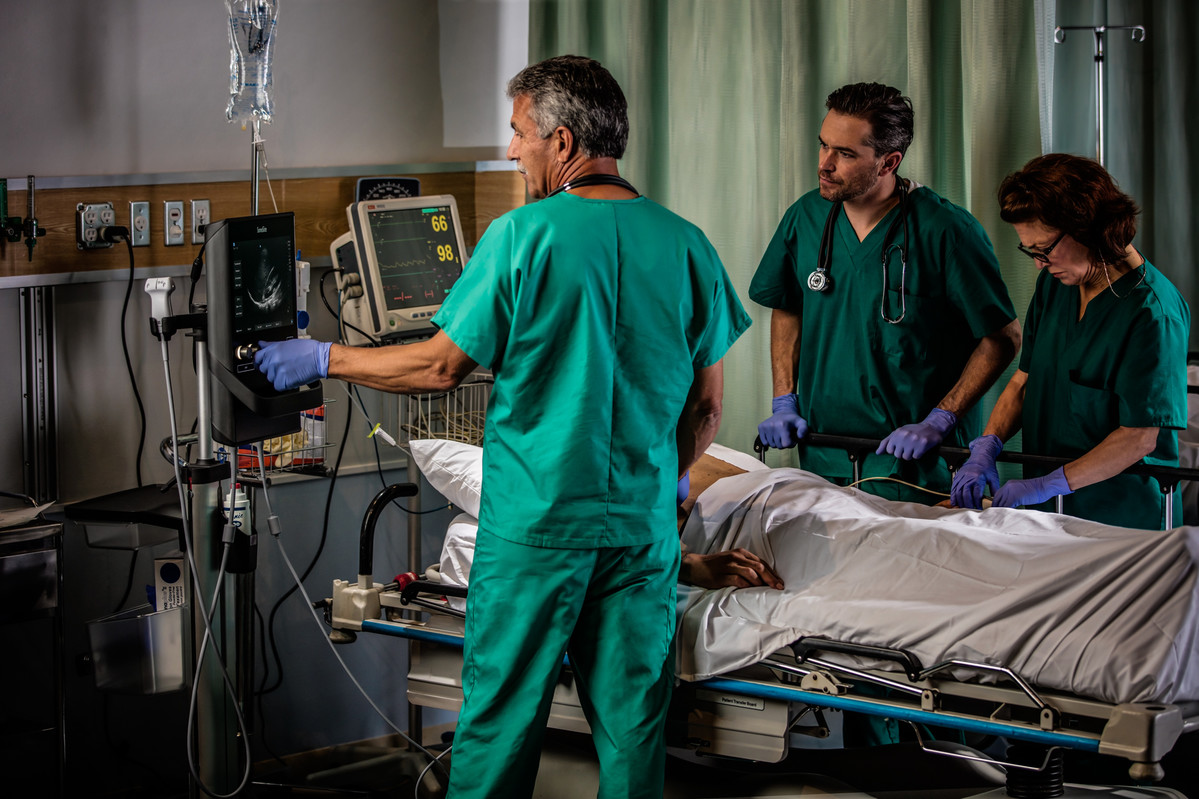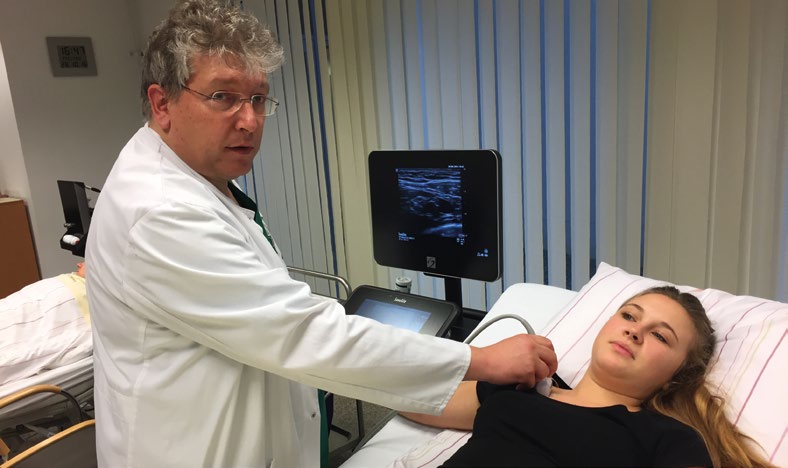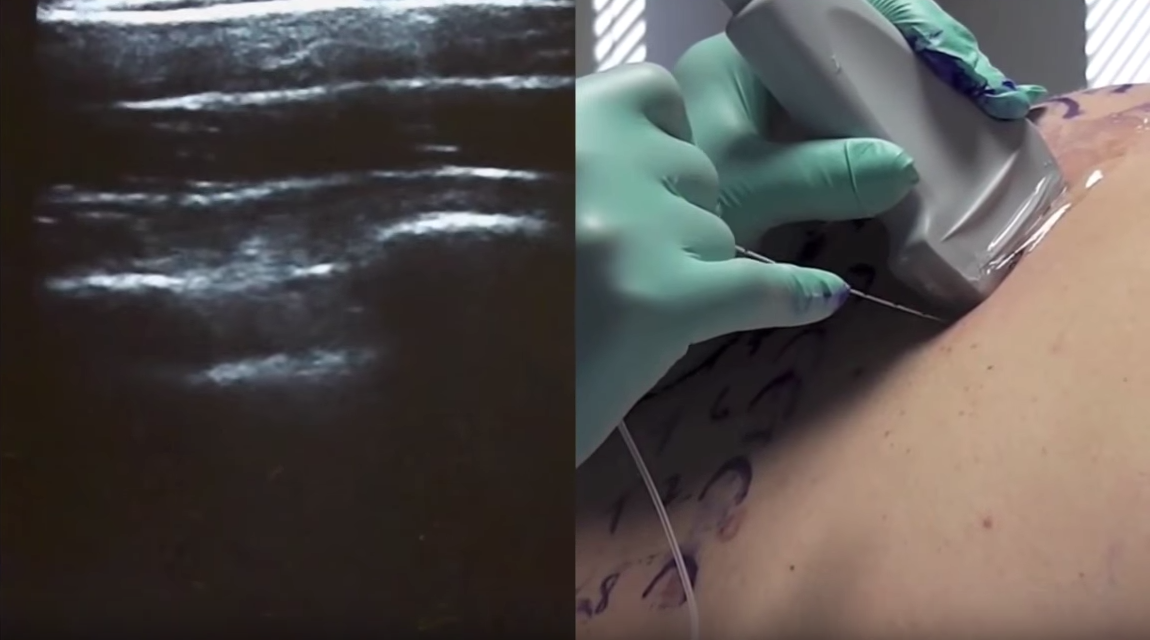Portable Ultrasound Helps Researchers Understand Sharks

Every year the world's oceans lose roughly 100 million sharks due to human hunting. The big problem? Scientists don't know how to manage the population back.

Every year the world's oceans lose roughly 100 million sharks due to human hunting. The big problem? Scientists don't know how to manage the population back.

The following is a letter from Dr. Samuel Abelson, an emergency medicine physician who lives in Minneapolis.
Four years ago, Project Medishare began teaching point-of-care ultrasound to the staff at Hospital Bernard Mevs in Port Au Prince. Through the Sonosite Global Health programme, we have borrowed multiple loaner machines to use in teaching.

How does ultrasound-guided vascular access improve care and reduce costs?

Any medical professional with hospital experience knows how crucial peripheral IV access can be. Getting fluids and medications into a critically ill or injured patient can make or break the effectiveness of their treatment.

Point-of-care ultrasound is efficient. It is non-invasive. It is safe. And fortunately for everyone, it is becoming more and more ubiquitous.
St. Joseph Regional Medical Centre in Paterson, New Jersey has been among the forefront of medical providers who are attempting to stem the U.S. opioid addiction epidemic where it often starts: the Emergency Department.

Dr. Adam Garnett, a sports and exercise medicine (SEM) consultant at the Jersey Sports Medicine Clinic, divides his time between treating rugby players suffering from acute trauma injuries and triathletes and runners with overuse injuries.

Point-of-care ultrasound is an essential tool for Dr. Mark Ridgewell, an early pioneer of sport and exercise medicine (SEM). Through the course of his career, Mark has worked with many amateur and professional sportsmen and women, beginning with rugby and including three years with England Cricket and eight years with the Wales football team.

by Dr. Ben LaBrot, founder of Floating Doctors
As of this writing, my wife is pregnant with our first child, and the novelty has long since worn off. After looking after so many other people’s pregnancies, it’s a novel experience to be on the other end of the ultrasound probe, as it were.

Mosul, one of Iraq’s largest cities, is slowly rebuilding its healthcare infrastructure after years of war. Dr. Henryk Pich is doing his part to help.

Medical imageing offers life-saving insights into patient health—and perhaps no other imageing modality is more versatile and mobile than point-of-care ultrasound.
In a fascinating dispatch from the Kurdish city of Duhok in northern Iraq, Dr. Christine Butts describes how point-of-care ultrasound is an indispensable tool for emergency physicians, especially when patients arrive unconscious and with no indication of an obvious malady.

Time is of the essence in an emergency situation, and may be the difference between life and death. Ambulance crews on the front line must decide rapidly whether or not a patient is suffering from a life-threatening condition requiring specialist treatment, and point-of-care ultrasound can provide vital guidance.

FUJIFILM Sonosite is delighted to announce that we have recently sold our 100,000th system.
A Sonosite X-Porte, our premier kiosk ultrasound system, was delivered to a hospital in California in early October.

Go from "zero to scan" with this 5-part video series from Sonosite and Dr. Robert Arntfield. Learn about Doppler Principles, TEE, Stroke Volume, TAPSE, RSVP and more.

The Race Across America is billed as the world’s toughest bicycle race; a non-stop, coast-to-coast, transcontinental trek from Oceanside, California to Annapolis, Maryland.

Point-of-care ultrasound is fast becoming a key instrumental technique in nephrology , supporting diagnostics and improving delivery of renal replacement therapy and subsequent vascular monitoring.

"My first encounters with ultrasound were guided by efforts in Heidelberg to improve epidural anaesthesia in obstetrics.

This module will show you how to: